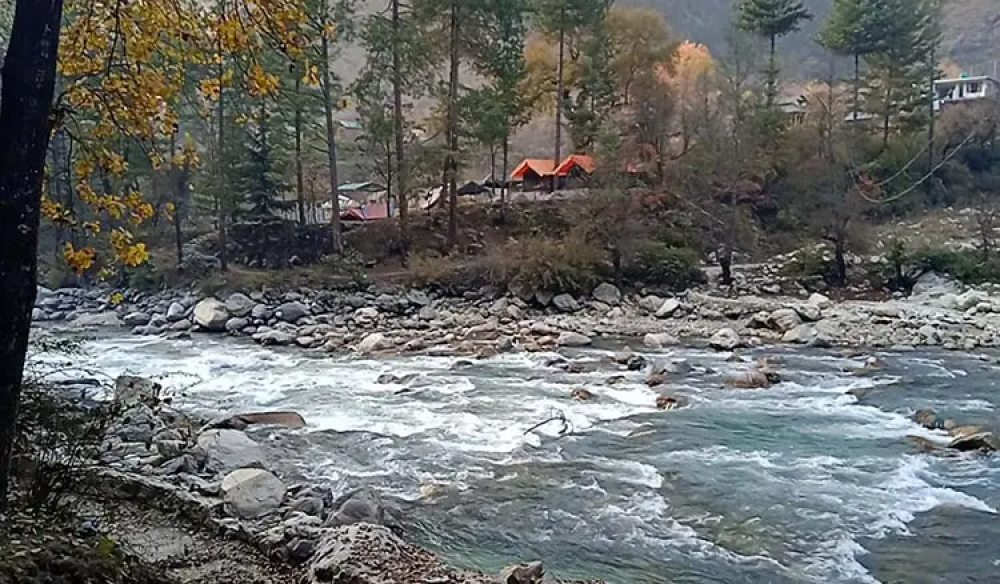

Malana is an ancient village in the state of Himachal Pradesh, India, isolated from the rest of the world. The Malana River, a tributary of the Parvati River, runs through this quaint village located at an altitude of 2,652 meters (8,701 feet) above sea level. Renowned for its unique culture and strict societal rules, Malana has become a significant point of interest for those seeking offbeat travel experiences.
The history of tourism in Malana is relatively recent when compared to other destinations in India due to its geographical remoteness and cultural seclusion. It wasn't until the late 20th century that travelers began to discover this hidden gem. Initially, Malana was often visited by trekkers and backpackers on the trail between Kullu Valley and Parvati Valley, owing to its picturesque allure and the challenging treks it offered.
The traditional customs and judicial system, which is said to be one of the oldest forms of democratic governance, piqued the curiosity of many. The village’s inhabitants claim descent from the soldiers of Alexander the Great, which adds to the historical and anthropological intrigue for tourists.
The challenging treks in the region, such as the route to the Chanderkhani Pass, have always been a major attraction for adventure tourists. The trek to Malana is particularly worth mentioning as it offers lush landscapes, a view into the rustic life of the mountain people, and provides a sense of exploration to intrepid travelers.
As global interest in sustainable travel grew, Malana also started to gain popularity among eco-tourists and those interested in cultural tourism. Efforts have been made to promote the village in a manner that respects the environment and the unique cultural identity of its local inhabitants, with emphasis on community-based tourism.
Moreover, Malana has garnered a controversial appeal due to the widespread cultivation of Cannabis, which is used locally to produce ‘Malana Cream’ – a high-quality hashish that is well-known among certain traveler circles. While this has attracted some tourism, it is important to note that cannabis trade is illegal in India, and its role in local tourism can be a sensitive issue.
In recent times, with the advent of better infrastructure and connectivity, more tourists have started to visit Malana, leading to a gradual change in the socio-economic fabric of the region. However, the villagers have been cautious and have set certain rules to safeguard their culture from the influences of the outside world.
Currently, Malana remains an enigmatic destination for those interested in unspoiled natural beauty, unique cultural experiences, and of course, those looking to traverse off the beaten path in the Himalayas.
In the current tourism scenario, there has been a noticeable trend towards responsible tourism where visitors are expected to respect the local customs, dress codes, and environmental practices. This includes a ban on touching sacred objects or the villagers themselves, as well as a strict no-littering policy to preserve the pristine conditions of the region.
With the growing prominence of digital connectivity and social media, Malana has witnessed an increased online presence, which has further boosted its appeal to a larger, more global audience seeking authentic and untouched destinations.
The local government and various NGOs are also working towards sustainable tourism models that would help in maintaining Malana’s ecological balance while providing avenues for economic growth for its inhabitants.
Moving forward, the aim of tourism in Malana is to develop in harmony with the village's unique ethos and the protection of its natural surroundings, ensuring that this hidden paradise retains its allure for generations to come.